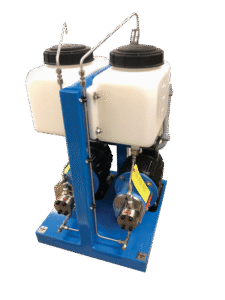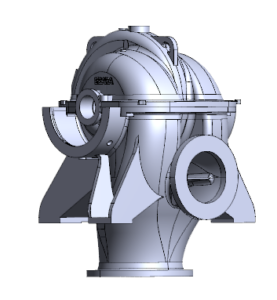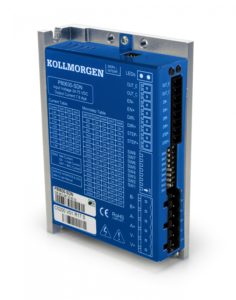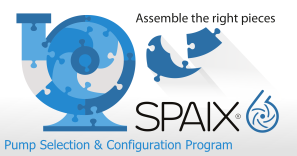The Hydraulic Institute’s Energy Rating Program Database Hits 9,400 Products
Based on the U.S. Department of Energy’s Motor Market Assessment, pumps can account for 40 percent of energy usage in industrial fluid systems. The HI Energy Rating metric represents the greatest potential savings for these and other systems through the implementation of more energy-efficient solutions. HI’s database represents the largest North American resource for easy identification of pump technologies that capture energy and cost savings in commercial, industrial, agricultural and municipal applications.
HI launched its Energy Rating Program in 2018 to make it easy for manufacturers and distributors to communicate energy efficiency, support power utilities in the development and operation of energy efficiency programs, and help end users identify pumps that offer energy and cost-saving benefits. The program provides energy utilities with a resource to underpin incentive and rebate programs, meet regulatory goals, and provide value-adds to customers. The program also allows users to view and verify data that indicates the power savings obtained from pump system upgrades and changes. Using a unique label, the program rates pumps and systems in the marketplace to show measurable comparisons of energy consumed. The higher the energy rating, the more efficient the pump.
For example, an industrial plant using 40 pumps operating at an average of 15-hp could switch or modify pumps to achieve an energy rating of 50. This adjustment would save more than 1.3 million kWh per year, which roughly equals $117,000 in annual savings. Over the estimated 11-year lifetime of the pumps, that adds up to $1.3 million in cost savings. By increasing all new pumps installed in 2020 to an energy rating of 50, companies and utilities could unlock up to 162.9 TWh over an estimated 11-year pump lifetime. That’s equivalent to a year’s worth of electricity for more than 13 million homes, or carbon sequestered by more than 1.9 billion tree seedlings grown for 10 years.
“With the new U.S. Energy Conservation Standard for certain clean-water pumps in effect, companies and utilities should be planning for a future that is both more energy- and cost-efficient,” Michael Michaud, Executive Director, Hydraulic Institute said. “Targeting pumps as part of an energy efficiency program creates value for all stakeholders—including manufacturers, commercial builders and municipalities—through the potentially significant cost savings and improved sustainability of the pump applications.”
Source: Hydraulic Institute Inc.







